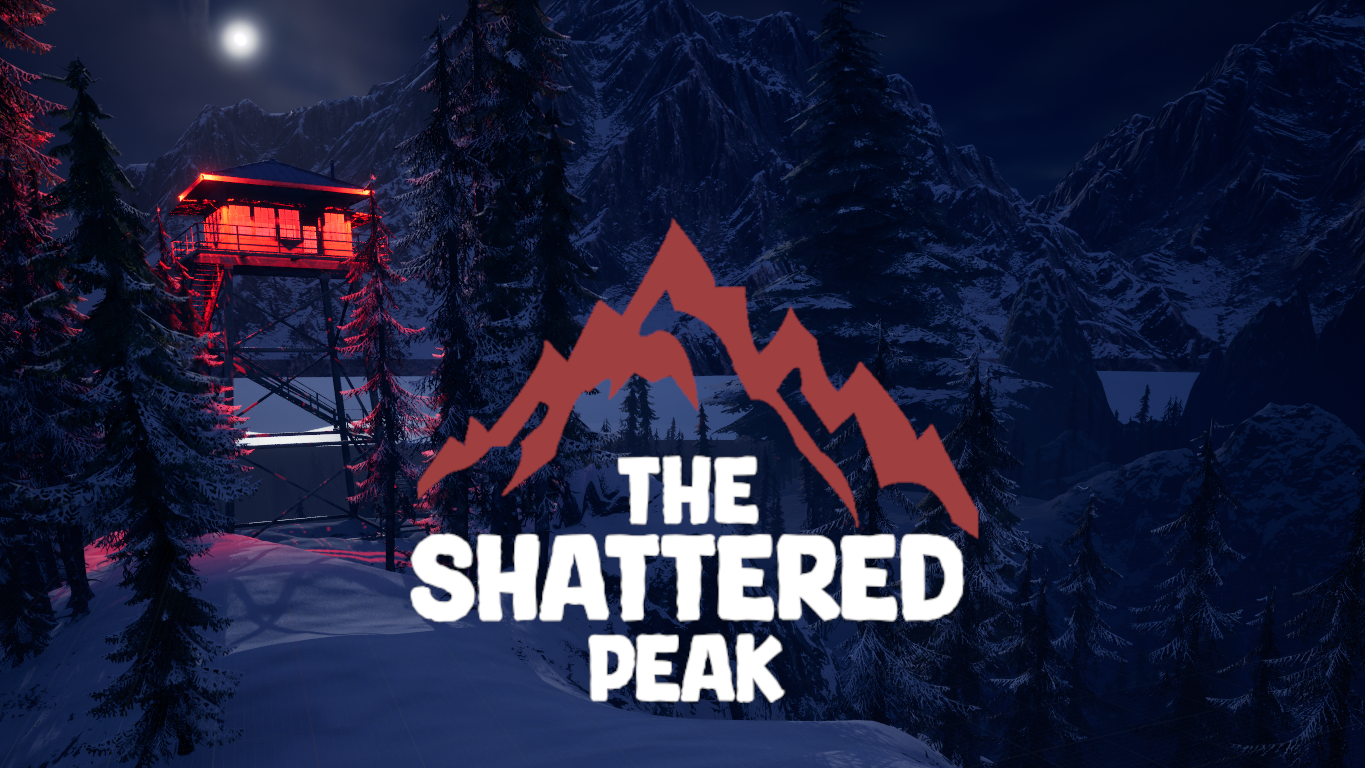
Game Design Document (old)
Old version of the Game Design Document created on Confluence. Contains highly detailed implementation infos and diagrams.
Read PDFThe Shattered Peak is a survival horror game driven by narrative where players must surivive in a freezing cold environment chased by a dangerous entity to uncover the truth behind the mysterious events on a desolated island.
In the wilderness players can find tools for survival, wood to light up campfires and warm themselves up, letters and pages to put the story toghether.
Survival systems are seamlessly integrated with dialogues blended with the environment taking insipiration from Giant Sparrow's "What Remains of Edith Finch" in order to deliver narrative and give direction to players.
The game features diegetic UI and experience-oriented audio design to grant immersion in the atmosphere and the environment.
TRAILER
SHORT GAMEPLAY
 I analysed survival games to outline the aesthetics that the genre must evoke in the player coming up with a list of possible aesthetics and dynamics. Some examples are:
I analysed survival games to outline the aesthetics that the genre must evoke in the player coming up with a list of possible aesthetics and dynamics. Some examples are:
I then organised the Ideation meeting by dividing it into 3 phases: Diverging, Discussion and Converging.
I then refined the concept in a game idea and with the team identified the systems to be developed and assigned a priority for the prototype to each one, giving importance to the new key systems we wanted to include.
 During this phase I focused on creating the Pitch presentation and on laying down the GDD (read the full old version) structure on Confluence while overseeing the whole prototype development, giving assistance and design direction to other developers.
During this phase I focused on creating the Pitch presentation and on laying down the GDD (read the full old version) structure on Confluence while overseeing the whole prototype development, giving assistance and design direction to other developers.
I organised test rounds on the prototype, collected and analysed players feedback which I then refined into a short Feedback Analysis document that I presented to the rest of the team. This approach allowed us to identify weaknesses early in the prototype and respond promptly by revising the concept and the systems involved and creating a more fun and engaging game loop.
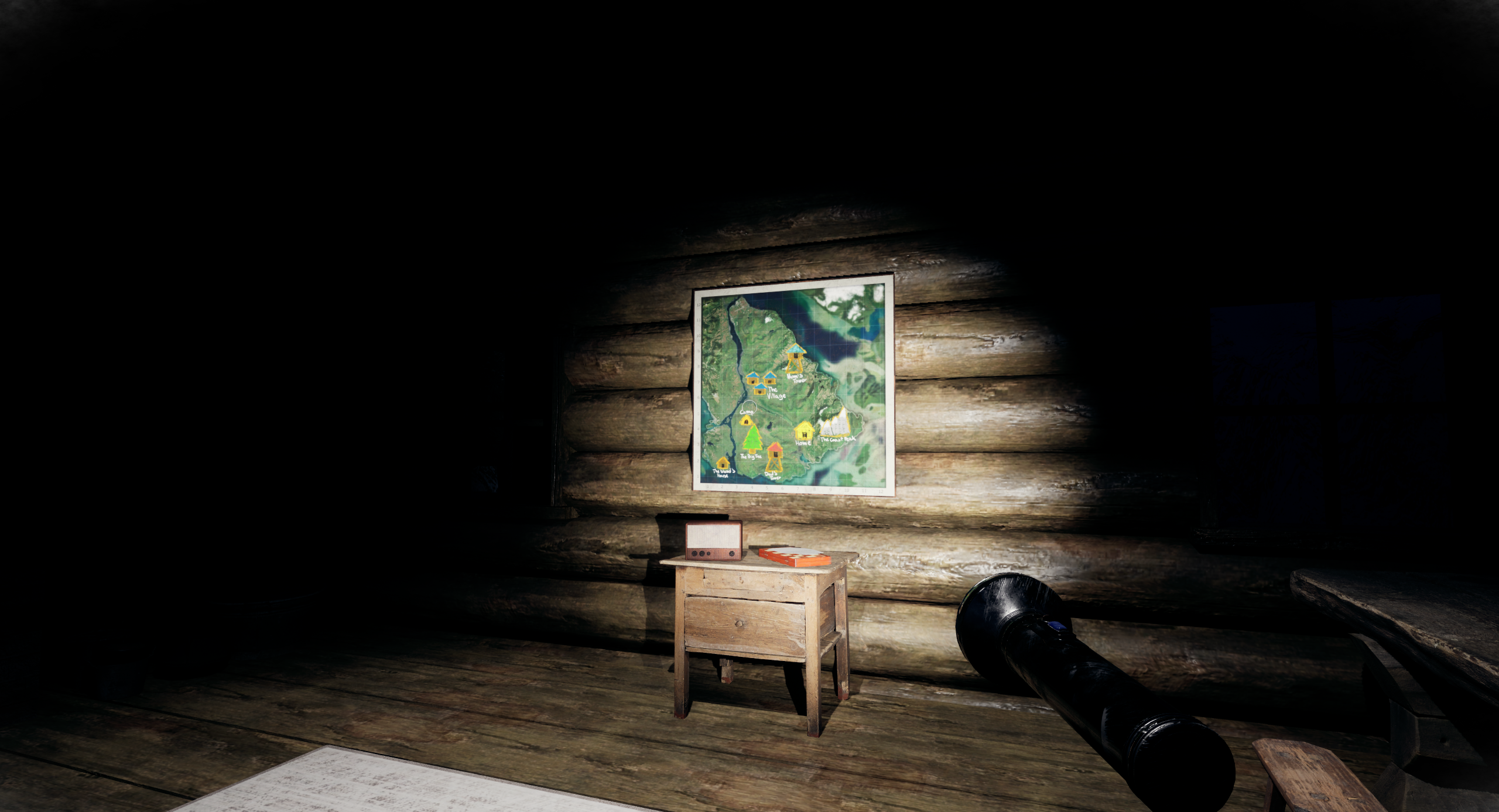
Following some of the suggestions made in the feedback document and other solutions found after further analysis and research, I modified the concept, creating a more solid concept that would solve the problems found in the prototype.
During the development period, my tasks included:
Progression was tied to the finding objects that allow the player to progress through areas in metroidvania-style.
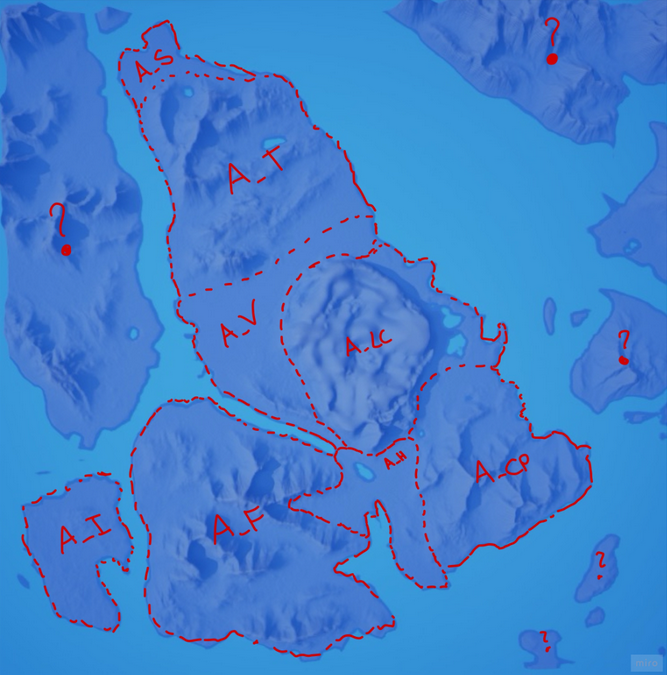 Progression was meant to:
Progression was meant to:
We wanted to create a world that could give the illusion of open world but heavily direct players to avoid the extreme challenges that an open world could create.
And subsequently increase the challenge that each area put on the player.
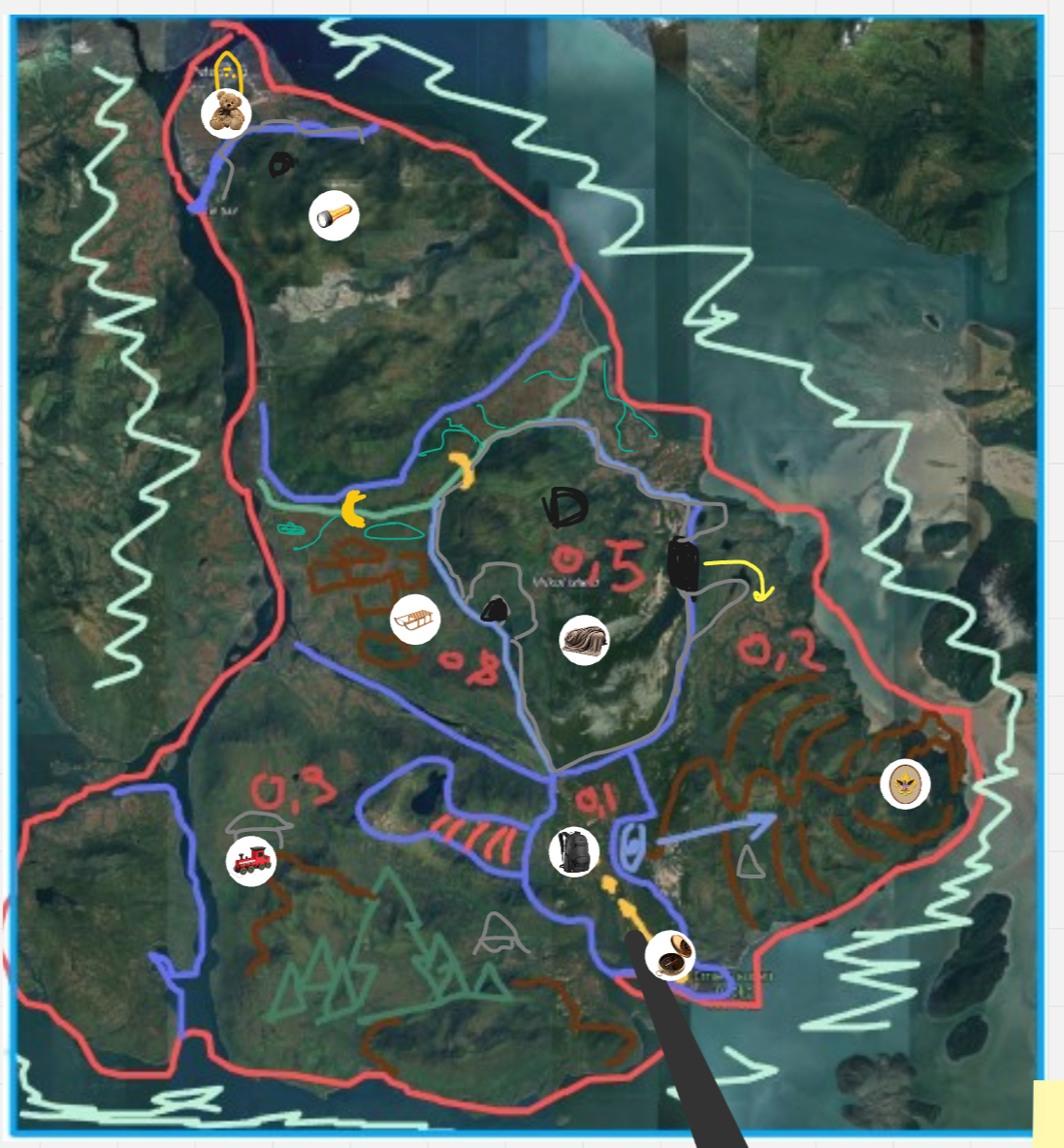
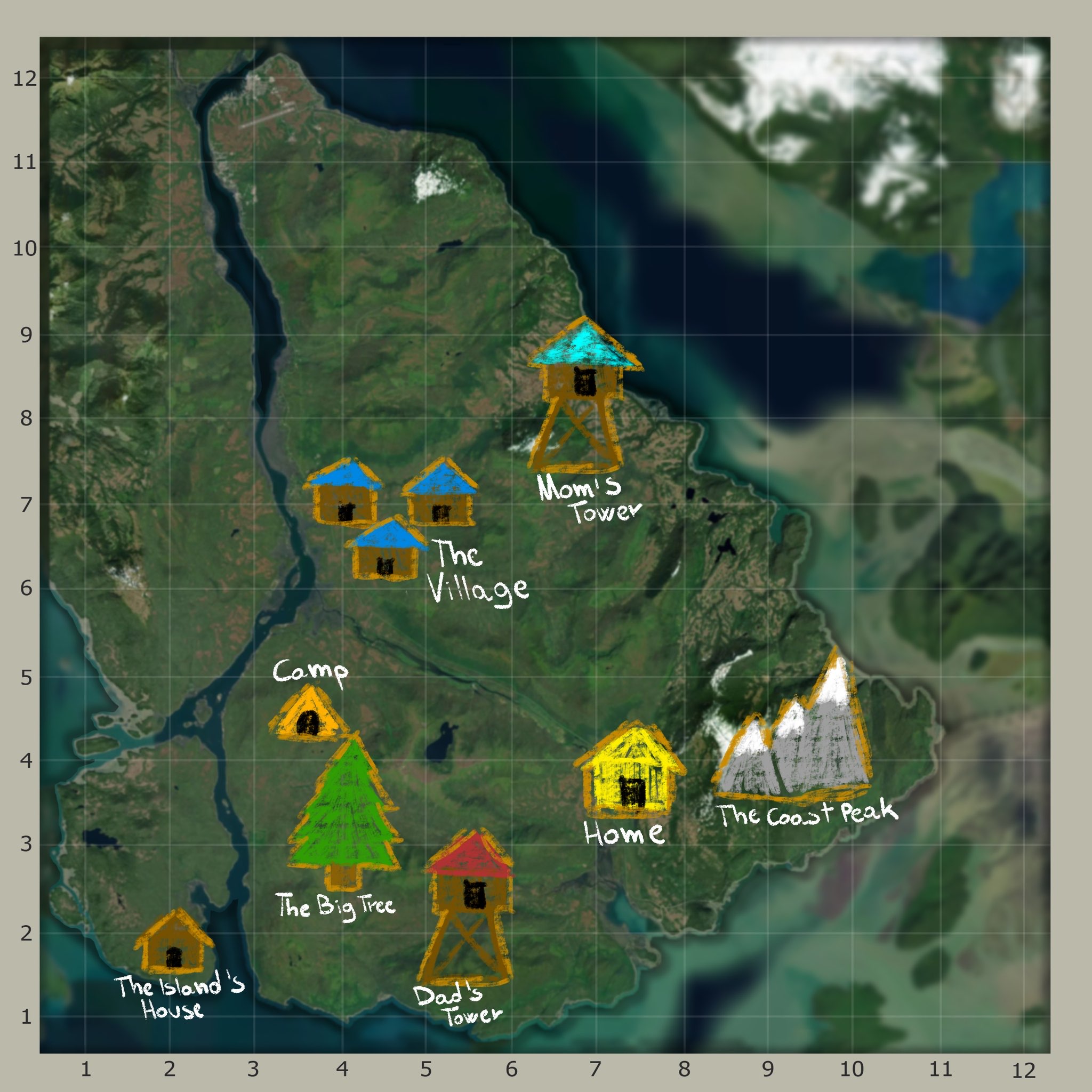
In total darkness players still felt lost even with the flashlight due to the open nature of the environment.
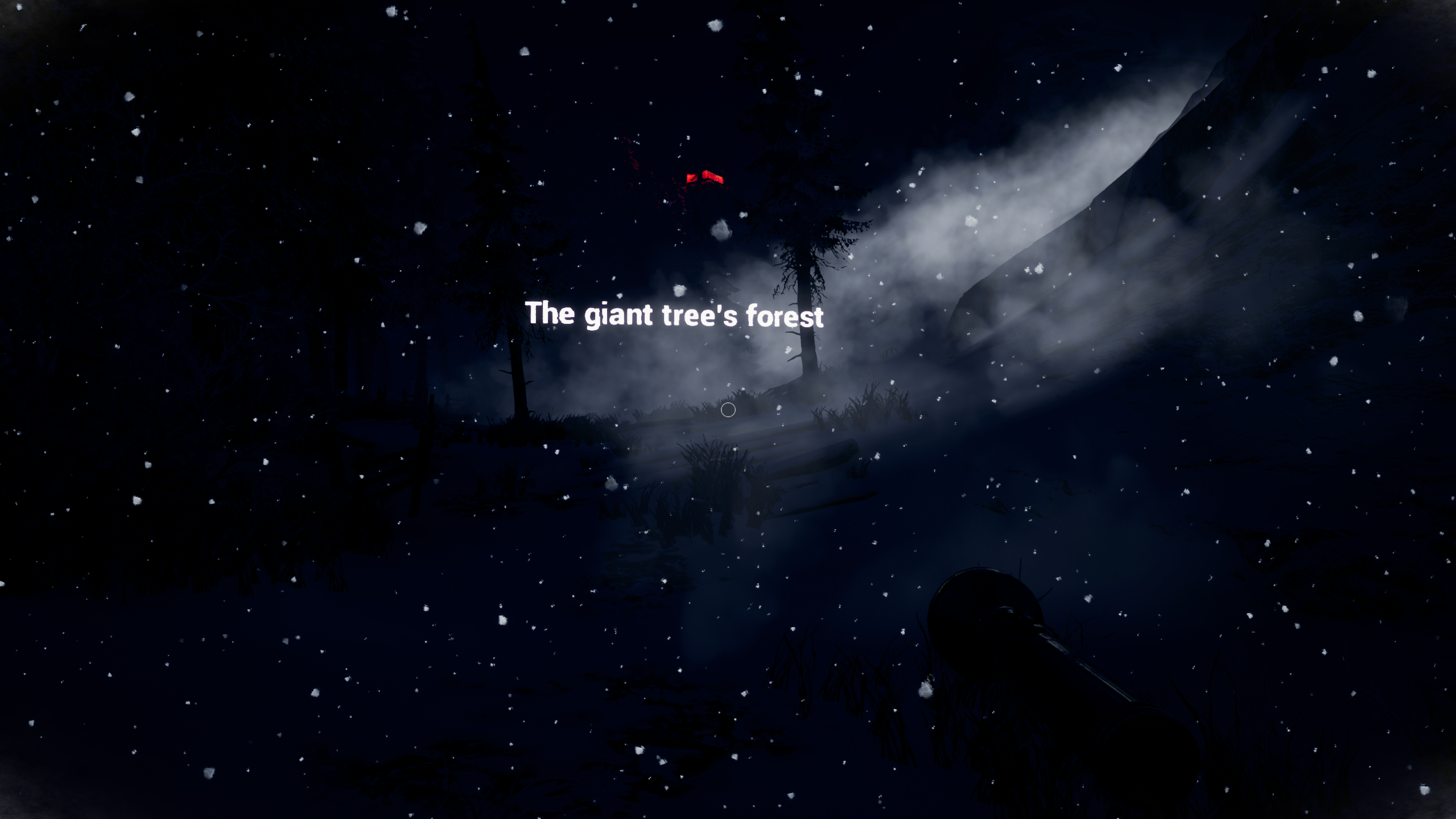

 After the development of a satisfying version of the game that could return good feedback from players,
I organised a new test round including players who had played the prototype version (now far removed from the current version) and players new to the game.
After the development of a satisfying version of the game that could return good feedback from players,
I organised a new test round including players who had played the prototype version (now far removed from the current version) and players new to the game.
By collecting feedback and analysing the players as they played, I produced a new feedback document to illustrate the project achievements and failures. Read the document HERE.
If you would like to know more about the development of The Shattered Peak and my approach to design, please contact me using the contact details at the bottom of the page. Thanks for reading!
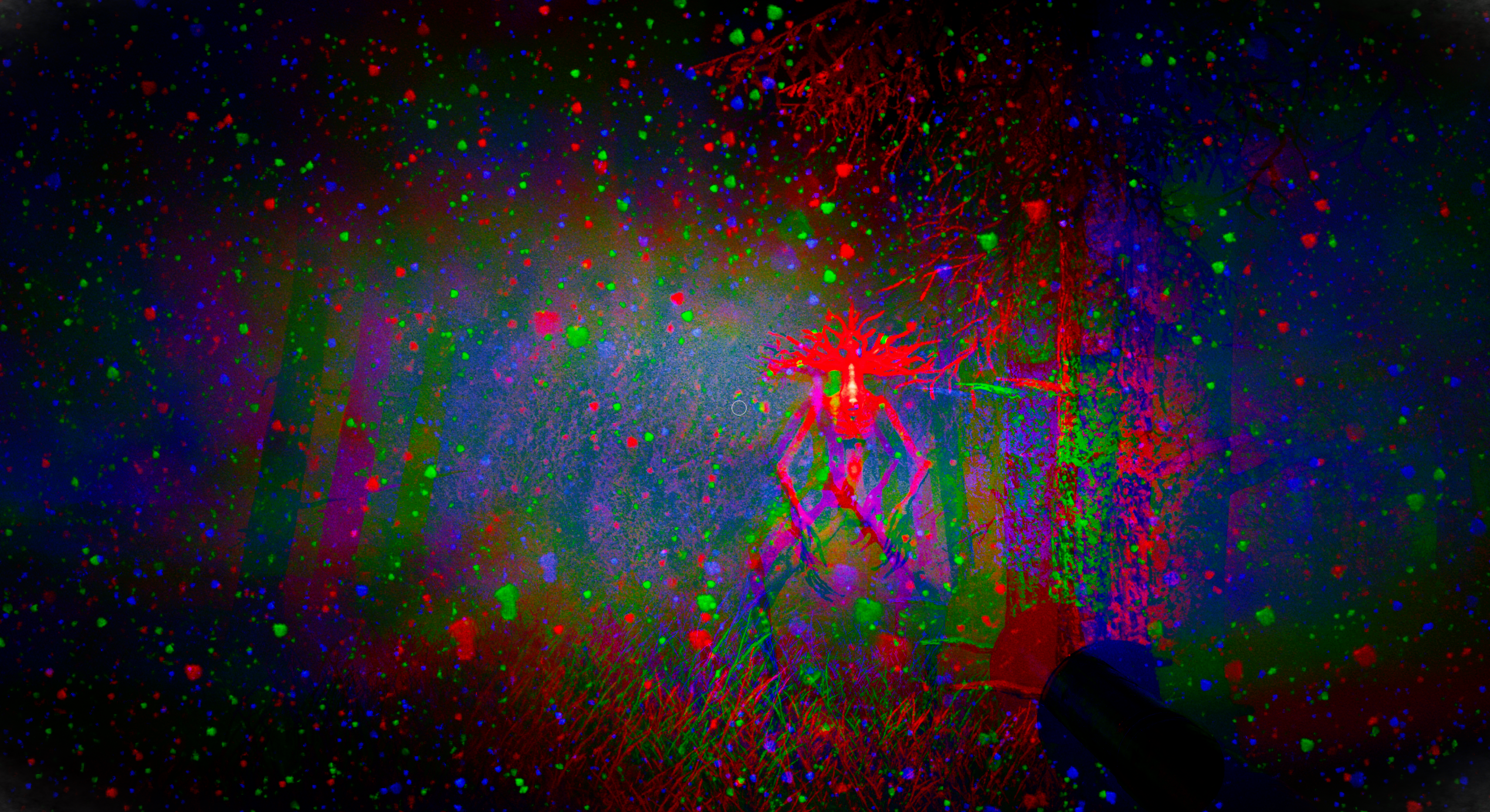
Old version of the Game Design Document created on Confluence. Contains highly detailed implementation infos and diagrams. Pitch created at the end of the ideation phase to present the idea to stakeholders. Feedback analysis based on the first round of tests feedback. Used during to update the team on the game's weakpoints and the possible design choices and direction to take to mitigate them. Feedback analysis based on the second round of tests feedback. Used during to update the team on the game state in proximity to realease and the results of design choices taken after the first test round.
Game Design Document (old)
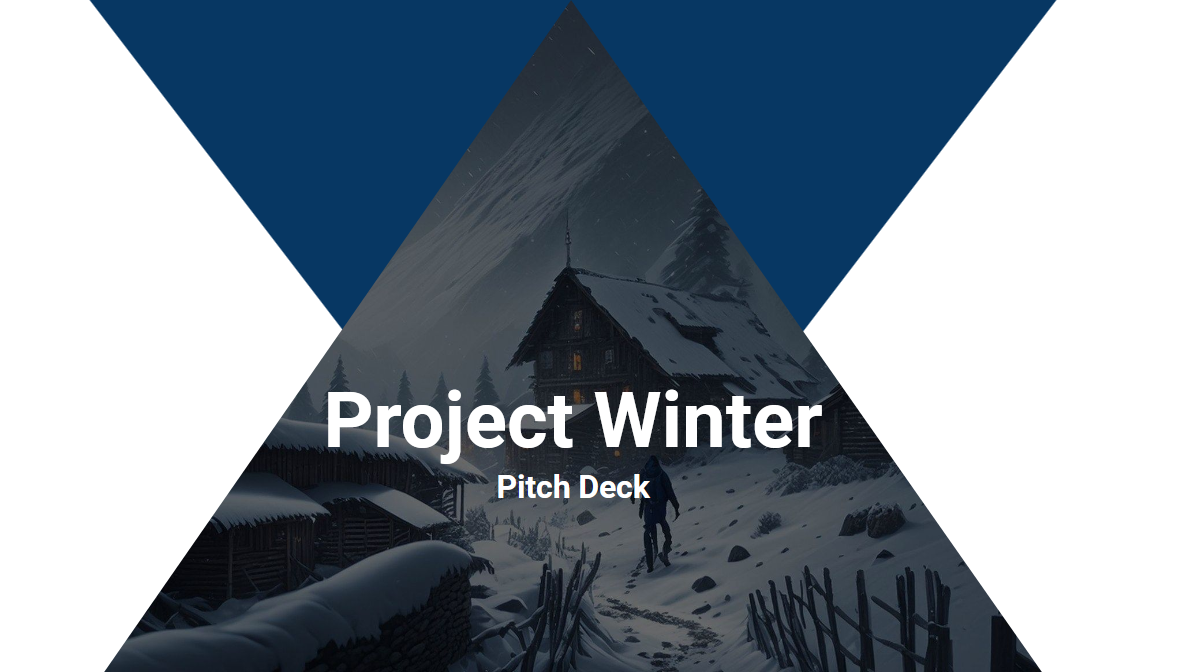
Pitch Presentation
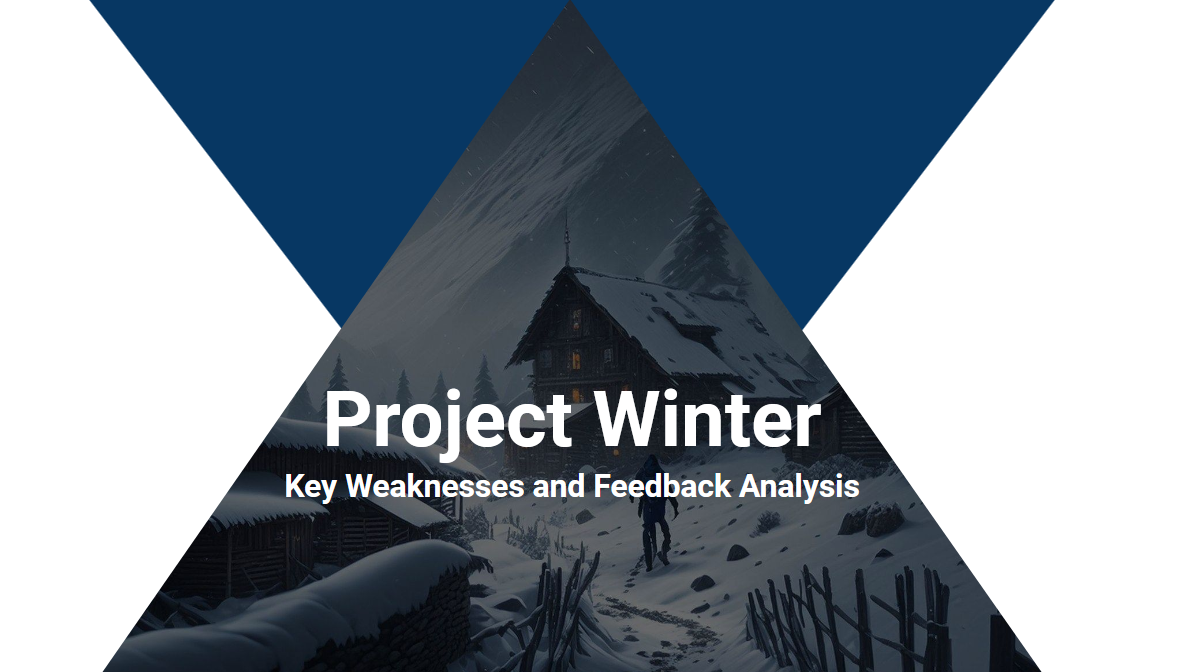
Feedback Analysis 1

Feedback Analysis 2